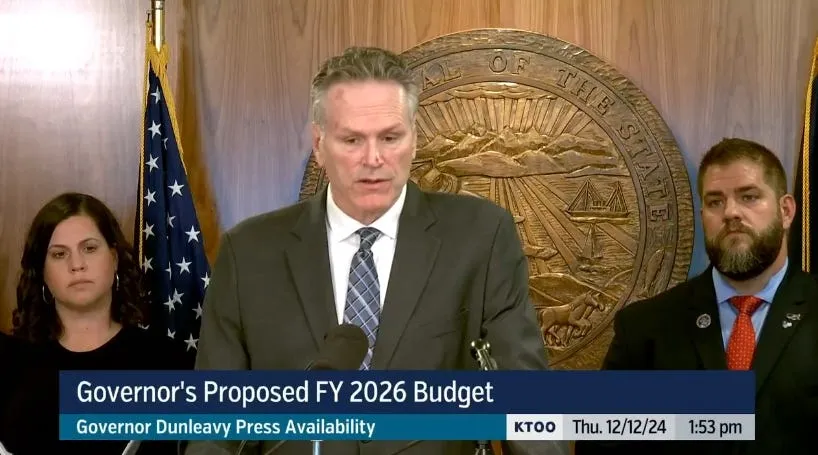The road to the ranked-choice voting tabulation
In this edition, let’s break down what we might expect from the tabulation and the races where it’ll matter.

It’s Tuesday, Alaska!
In this edition: Save for a couple-to-several lawsuits, Alaska’s election season will finally come to an end on Wednesday when the Division of Elections conducts the ranked-choice voting tabulation stage of the election of the state’s first regular election held under the voter-approved changes. In this edition, let’s break down what we might expect from the tabulation and the races where it’ll matter.
Current mood: 🗳
What to consider with RCV

As a reminder for how the process works, in races where no candidate has an outright majority of the votes the candidate with the fewest first-round votes will be eliminated and their votes will be reallocated according to the voters’ rankings. The process continues until a candidate hits a majority.
The tabulation is scheduled for 4 p.m. Wednesday and will be live-streamed by Gavel Alaska on KTOO 360TV, which will be live here.
With this being the first regular election conducted under the new system, there’s a lot we don’t know about how this process will play out in practice. Will votes align closely behind similar candidates? How much crossover will there be between candidates of different political parties? How many voters will rank the entire ballot and how many will not rank beyond their first choice, exhausting their ballot?
The special election for the U.S. House taught us to expect a little bit of everything.
About half of Republican Nick Begich III’s votes went to Republican Sarah Palin, nearly 30% went to Democrat Mary Peltola and the remaining didn’t rank anyone. With Peltola’s lead heading into the tabulation, it was enough for Peltola to secure the win but before we apply this to every other race we should keep in mind the big Sarah Palin-shaped asterisk on that race. Palin has astronomically terrible approval numbers and the Republican party has been bitterly split between Begich and Palin, meaning the breakdown is likely on the extreme side of things.
That said, we also know among everywhere else with ranked-choice voting that it’s exceedingly rare for anyone other than the leader in the first round to ultimately win the race. For an upset victory, it takes a race where no candidate is near a majority—giving the trailing candidates a wider margin of error—and a fair bit of coordinated cooperation between the trailing candidates to maximize alignment.
In the race for the Alaska Legislature, there are several races where this could all come together to make for that rare upset.
The races in play

At the top of the ticket, we expect that the leaders heading into the day—Sen. Lisa Murkowski and Rep. Mary Peltola—will all secure a majority once the fourth- and third-place candidates are eliminated. Gov. Mike Dunleavy already has a majority.
This content is for Paid Members
Unlock full access to The Alaska Memo and see the entire library of members-only content.
SubscribeAlready have an account? Log in



